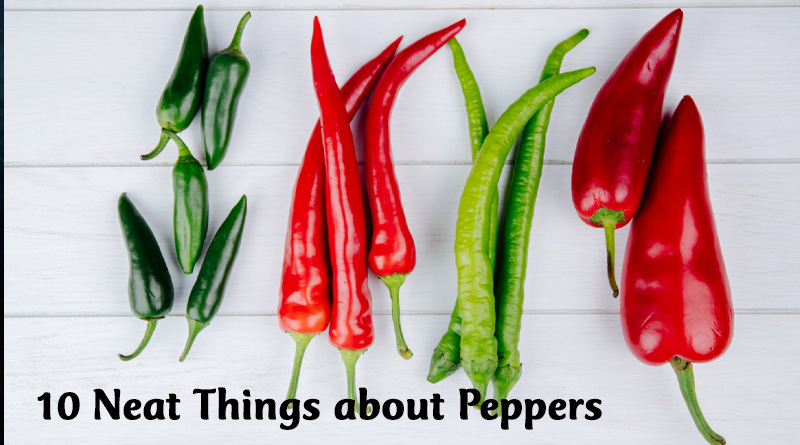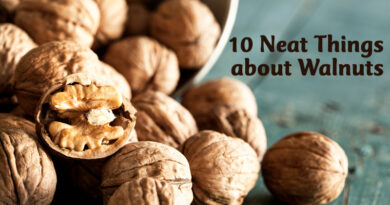About Peppers
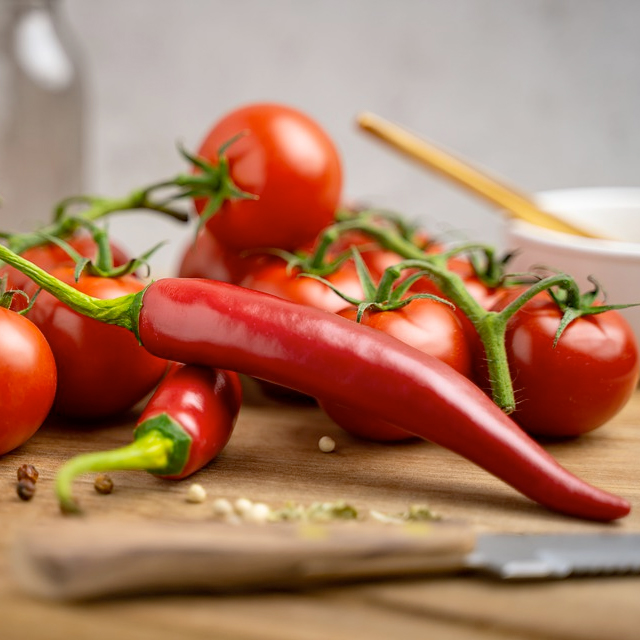
1. Greek kapto, to bite or to swallow.
Peppers and chillis are also known as capsicums. Their botanical name came from the Greek kapto to bite or to swallow. They are members of the nightshade family along with tomatoes and potatoes and are native to the Americas, although there are many cultivars that have become synonymous with places such as India and Thailand. Pepper, Piper nigrum, is a totally different plant.
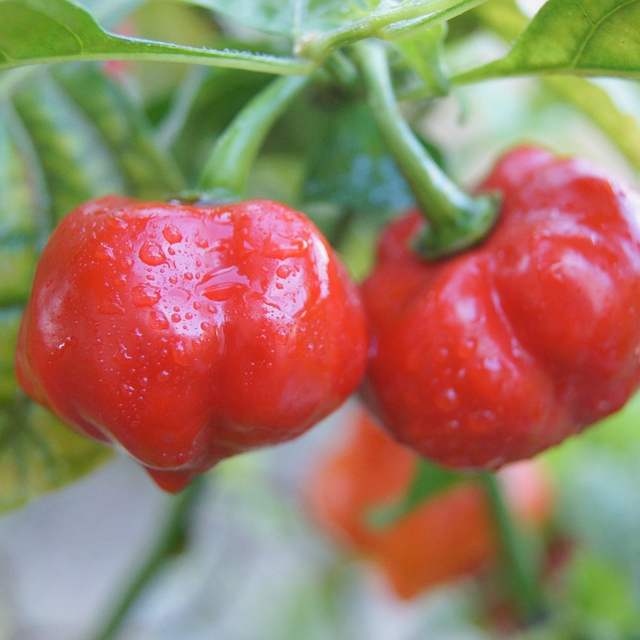
2. Dulce to picante.
Dulce Sweet Bell peppers have zero pungency and so are at the very bottom of the so-called Scoville scale, a system for measuring how “hot” a pepper is. Scoville was the guy who created the scale. At the top of the scale is the Carolina Reaper, followed by peppers such as the Trinidad Scorpion, then the Naga Jolokia, Dorset Naga and the Red Savian Habanero, followed by the famous Scotch Bonnet and the Habanero.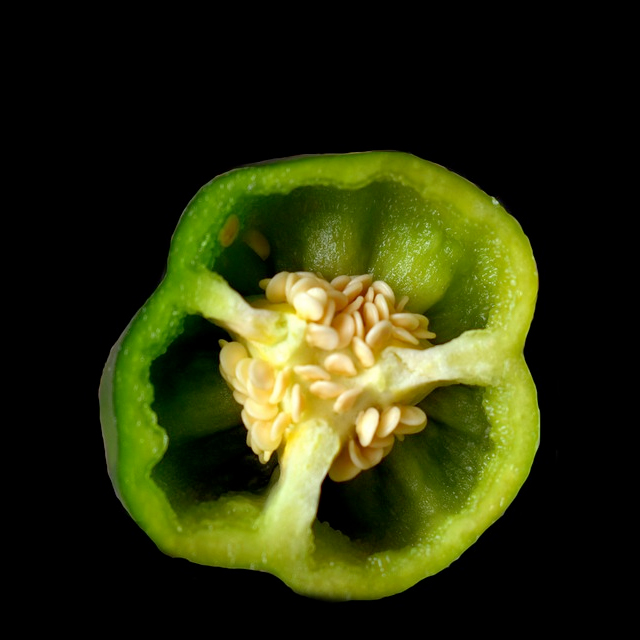
3. Hot stuff.
Capsaicin, technically methyl vanillyl nonenamide, is the hot stuff that concentrates in the pithy white ribs of the pepper and inhabits the flesh. The seeds themselves don’t contain any capsaicin, although they can be coated with it from contact with the surrounding material.

4. Why are peppers hot?
The heat in peppers is a defence mechanism designed to discourage insects and mammals. It is ineffective against birds and they are actually attracted by the bright colours and help to disperse the seeds.
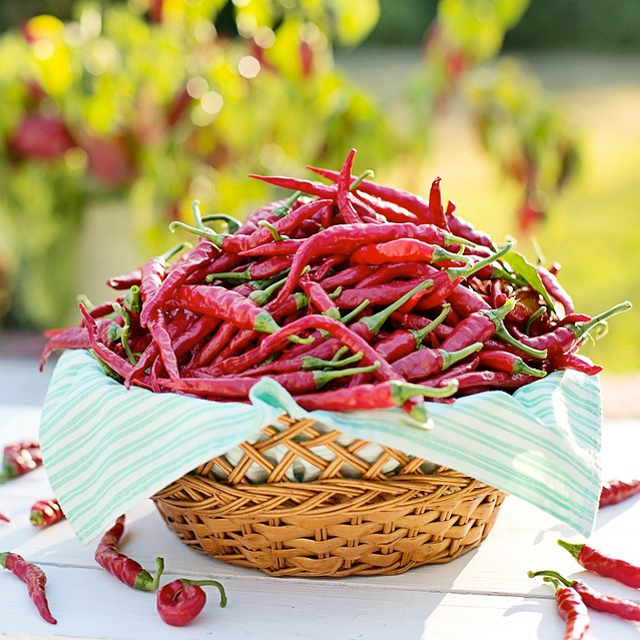
5. Beer and yogurt.
Drinking water will do nothing to quell the fire in your mouth if you eat a hot pepper. Capsaicin is not soluble in water. It does dissolve in alcohol or fats though, so your best bet is a swig of beer or a spoonful of yogurt. Whole milk or ice cream can also help relieve your pain.
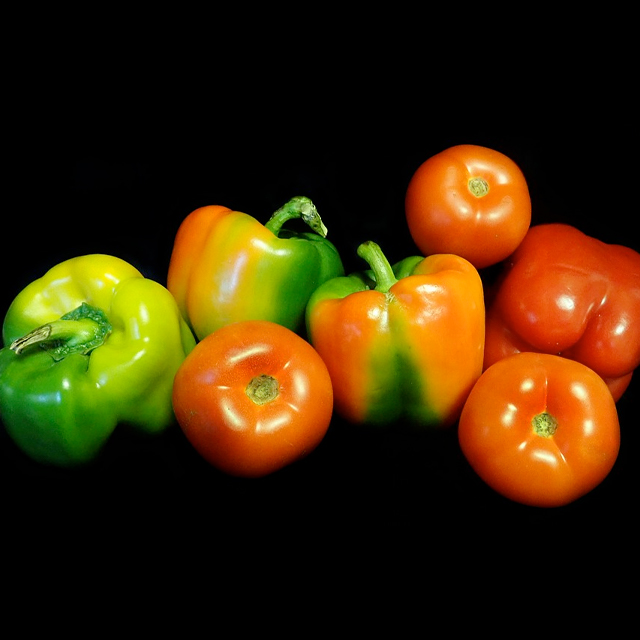
6. Soooo good for you.
A mere 100 grams of capsicum contains loads of good things: potassium (nine per cent of your daily needs), protein (four per cent), and even carbs (three per cent). The same 100 grams are full of vitamins A (23 per cent), C (a whopping 404 per cent), B6 (15 per cent) magnesium (six per cent) and iron (six per cent).
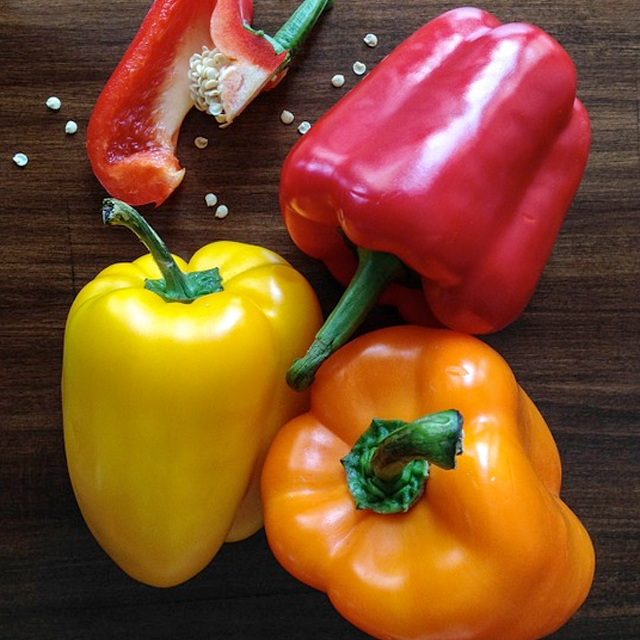
7. Dr. Pepper!
Capsicums have been used medicinally to cure upset stomachs, gas, diarrhea and cramps as well as high blood pressure, excessive blood clotting, heart disease, malaria, alcoholism and fever. Capsaicin promotes circulation and has analgesic properties that have made it popular for use in topical creams to treat shingles, muscle spasms and nerve pain.
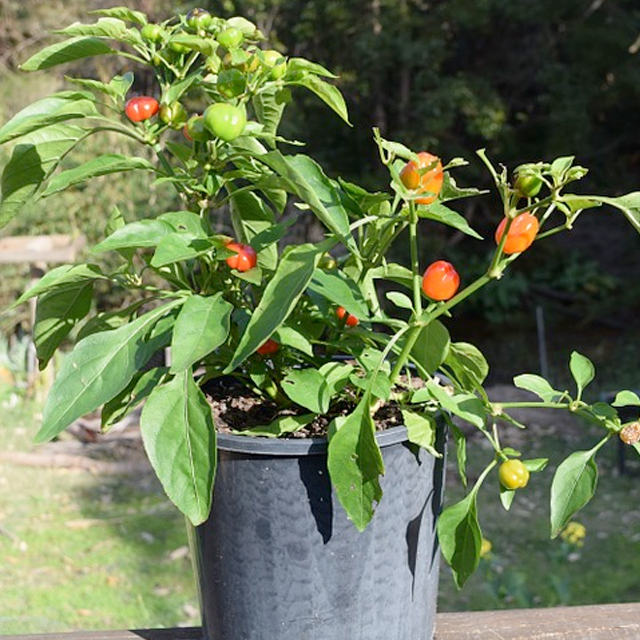
8. Grow your own.
Capsicums are perennial plants, so if you like to bring plants inside this is a candidate, especially the hotter varieties. If they originate in a cool place such as the Andes mountains, you are most likely to have success. Peppers generally produce more pods in their second year. Treat the plant like you would any other overwintered plant: prune it back to reduce the need for light and water, reduce watering to keep it just slightly damp, don’t fertilize till spring and get it outside as soon as all danger of frost has passed.
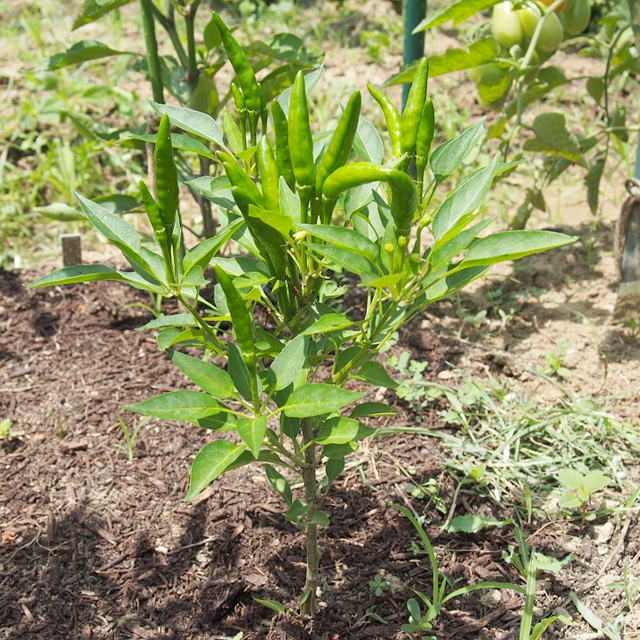
9. Happy peppers.
Capsicums like rich soil, full sun (but protect them at midday in the hottest part of summer), warm temperatures but not blazingly hot, and regular and consistent watering just like tomatoes. They like lots of calcium, but not too much phosphorus. Your enemies are slugs, snails and birds, all of which adore peppers.
10. Pepper spray.
Capsaicin is the active ingredient in the pepper spray used to control the unruly.
– Dorothy Dobbie Copyright©
Pegasus Publications Inc.



